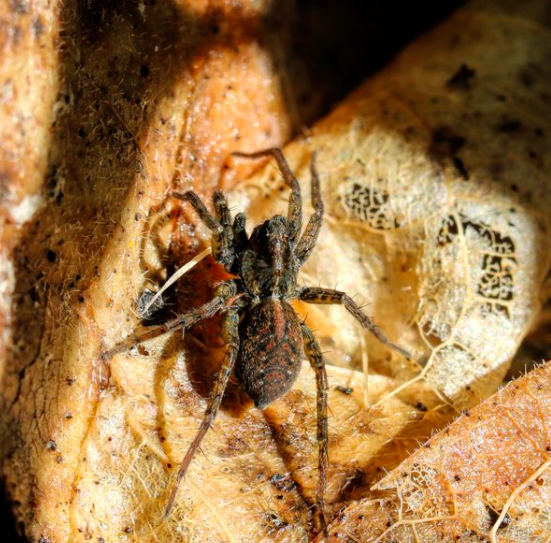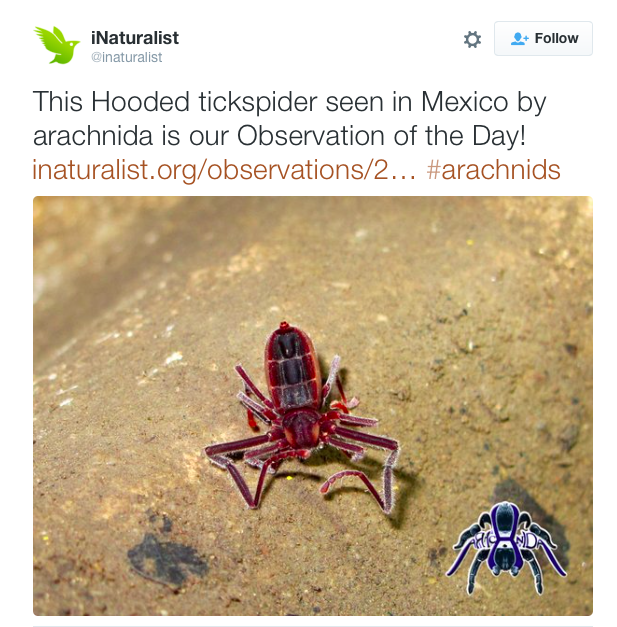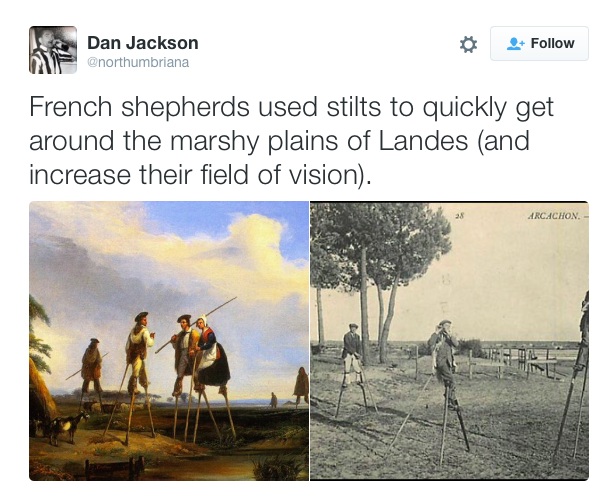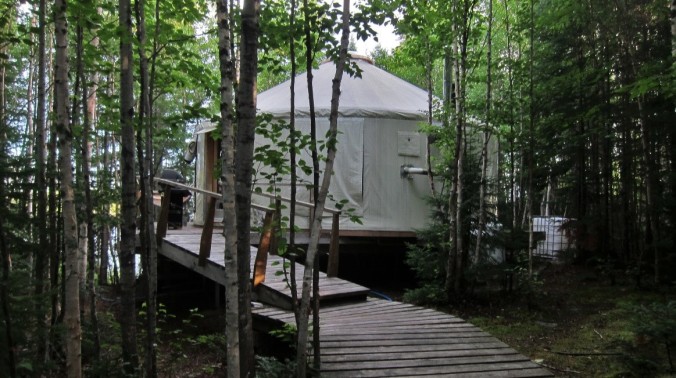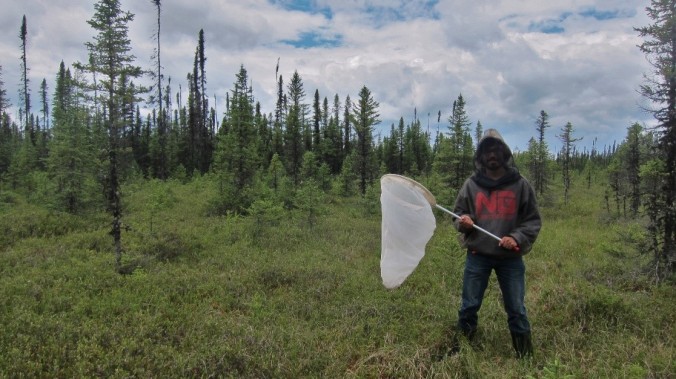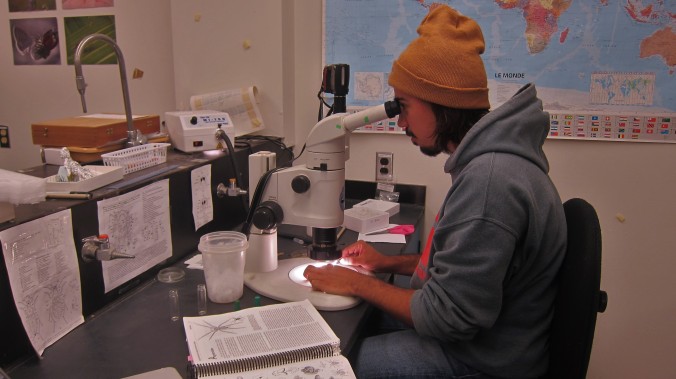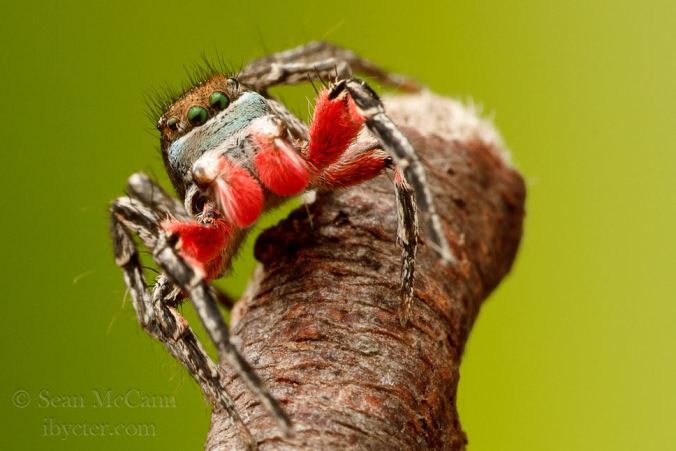It’s SPIDERDAY! As promised, this feature on the blog will be a monthly occurrence, so here’s the round-up of the best Arachnid-themed links and stories from the past few weeks.
To start off, here’s a lovely image of a wolf spider, by Christy Pitto:
- Spiders: a treasure-trove of scientific wonder. This one’s my Read Of The Month.
- Just when you think jumping spider mating behaviour and courtship couldn’t get more fascinating… check this out: “Peek-a-boo paddle game”
- DNA from spider web reveals the prey and the spider.
- The amazing abstract working memory of jumping spiders.
- Working with spiders. So many great reasons to learn about these arachnids.
- Spider Conference! Spider Conference! The international congress of Arachnology - this summer, in Colorado - hope you are all going!
- Winter spiders! And here’s a post about frozen spiders... and another about winter-active spiders (in your house)
- Arrrrr you ready for it… new species of Pirate spiders.
- Here’s a rare find.. apparently there are only two Ricinulei records on iNaturalist:
- Enigmatic canopy-dwelling spiders that mimic wasps.
- Scared of spiders? Get educations! A nice story about visiting a Tarantula exhibit.
- Here is an important news report.
- Mites have value in forensic entomology (um, rather, forensic arachnology perhaps?)
- Huh? A leafcutting bee sharing a nest cavity with a wolf spider? Neat natural history that I’ve certainly not heard of before.
- Hedgehog! (not what you think…) - the bug of the month in the UK is an arachnid: a rare Opiliones (Harvest
menpersons) - Gotta love this: new species of Opiliones - they are giant! And have suitable names!
- Why are Opiliones (daddy-long-legs, Harvest
menpersons) sometimes called Shepherd Spiders? Here’s a clue (thanks to Matthew Cobb for this):
- Mite-y annoying: Chiggers on rodents.
- Ticks that transmit Lyme disease really are all over the place in the USA.
- Neat looking paper: species diversity and venom complexity in scorpions (from Mexico)
- There’s been a lot of press about the great paper on ‘indoor fauna’ - here’s a piece that highlights the pseudoscorpions.
- A great piece about pseudoscorpions living with birds.
- Here’s a great YouTube video with explanation of “bugs in homes”. Great example of effective science communication!
